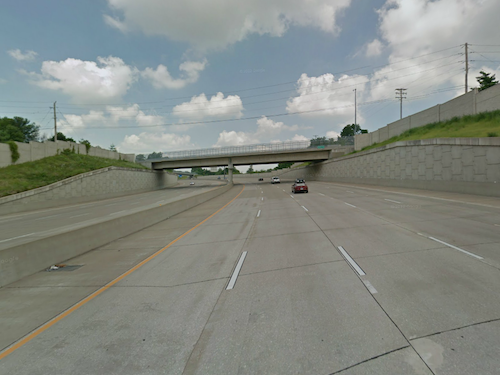Intern Learned How To Be A City Dweller
|
|
The following is a guest post from Brandon Sampson, my research intern this semester – SP:
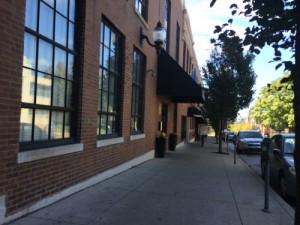
Cities reflect their builders and inhabitants. In a way cities are like living organisms, constantly growing, dying, and changing. This past semester working with Steve, I have started to learn how to be a city dweller. This might seem like a rather silly statement. If you live in an urban area, you live in an urban area. But one of the many things Steve has taught me is that, living within a city area is similar to being in a relationship with someone.
It takes:
- Commitment: We humans throughout our time on this planet have been shaped and helped shape the environments we have chosen to inhabit. For us to be in a healthy relationship with our chosen cities we have to take care of it. This means constructing environments that are conducive to human interaction and growth. City dwellers have to be committed to the urban space, so the city evolves in ways that help the community grow.
- Listening: The cities have a language of their own. A dweller has to pay attention to the language of the urban environment. Everyone once and awhile, an urbanite needs to stop, ask, and think “What is the city telling me?” If people pay attention, they can know if something is helping their communities grow or shrink. Perhaps it can be as simple as a street diet to allow more pedestrian-friendly walkways, or as big as examining the ways a city segregates populations from each other.
- Time: Cities can be as authentic as we want them to be. We can allow companies and government policies run how cities develop, or we urbanites can be active in the process and help guide policies in ways that are conducive to the surrounding community. Also it takes learning. Proper city development has become a lost art among Americans, as a century of bad city development has manipulated how we think a city should be. Steve throughout the semester has given me the chance to read books that reveal how we can learn from our mistakes and begin the steady and slow process of helping construct healthy environments.
- A little bit of love: All living things need a little bit of lovin’. Cities are no different. This means the physical city and those that live inside them. Remembering the little things, such as a sidewalk that needs repaving or a ramp that needs to be replaced. These little and big things help connect people together. Allowing diverse communities to coexist and work and play with each other is essential to a livable urban space.
But above all, the single most important lesson I’ve learned from interning with Steve about urban environments is how to see everything in the city as interconnected. He has done this by giving me the resources to learn and explore the policies, history, and process a city has to undergo to function and expand. And what is the most important part of this is interconnectness is that it is possible for anyone to learn the things I learned.
— Brandon Sampson
Brandon, a suburban Tulsa native, is an undergrad at Saint Louis University. He’ll be studying in Budapest in Spring 2014.
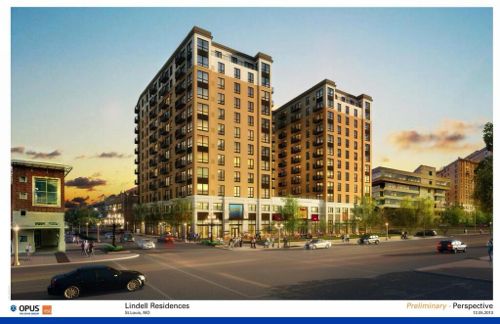
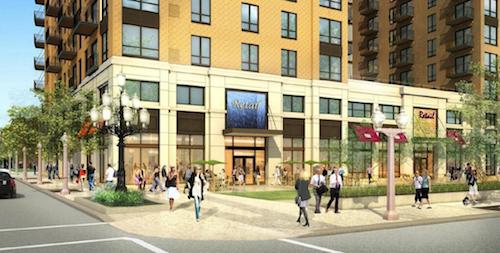
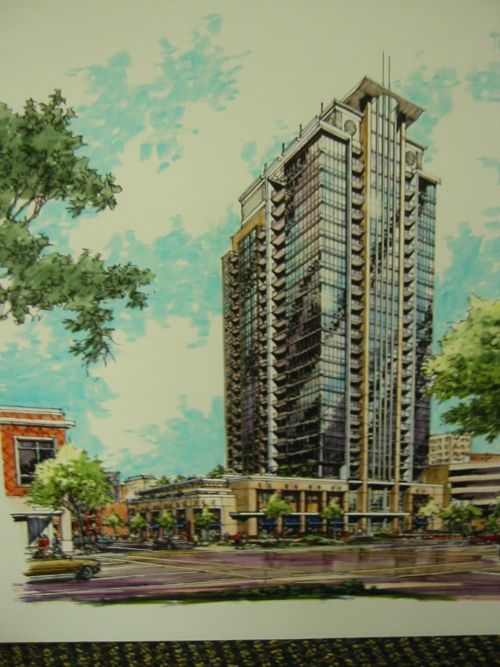
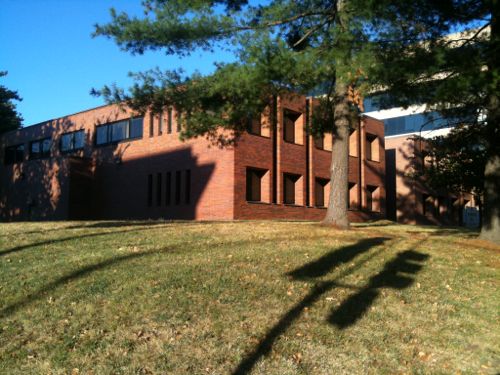
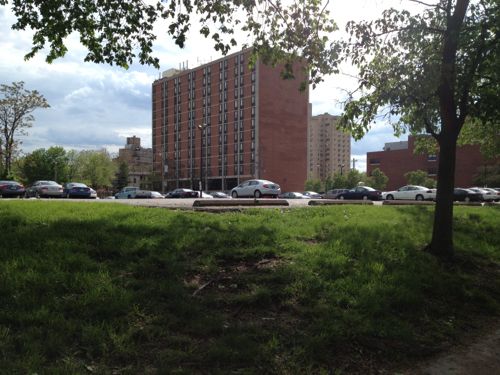
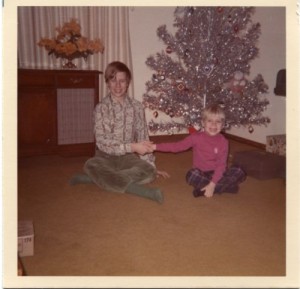
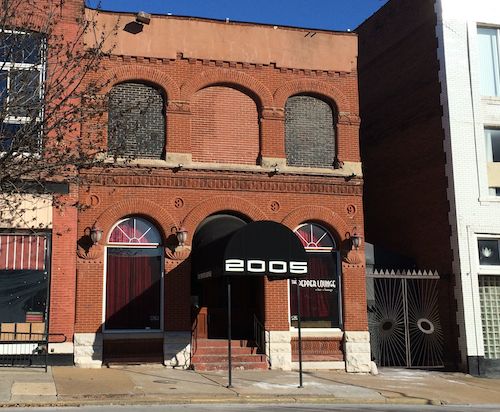
 Manufacturer of the first x-ray plates Miles Ainscough Seed
Manufacturer of the first x-ray plates Miles Ainscough Seed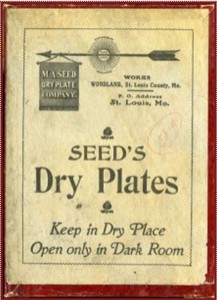 I did find information on the Miles A. Seed Carriage House, listed on the National Register of Historic Places around 1986:
I did find information on the Miles A. Seed Carriage House, listed on the National Register of Historic Places around 1986: